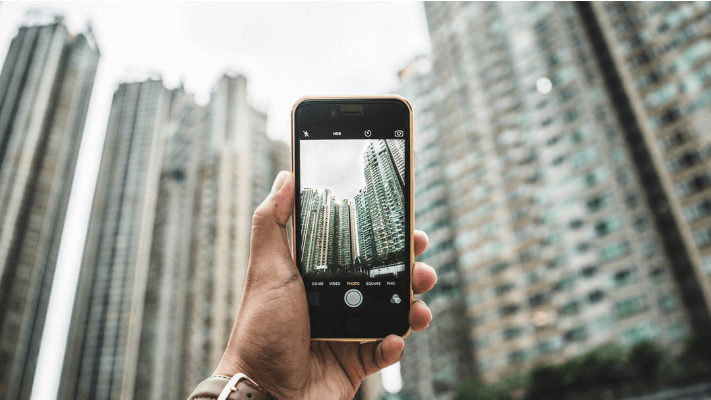Smart City initiatives must get smarter

The Consumer Electronics Show, CES 2020, showcased a lot of smart city initiatives. Most companies are following trends and inventing smart sensors. But how is the data collected from these sensors used later? How is it used to serve the systems?
Everything around us is getting smarter: our ways of working, the devices that connect us, the houses we live in. Initiatives to redesign cities so that they are smarter and more sustainable are increasing worldwide. The smart city market is expected to grow to over $158 billion in 2022, which is resulting in actual devices that are entering and influencing our cities’ policies and infrastructure.
Focus shifting towards human-centered devices
The Consumer Electronics Show, CES 2020, showcased a lot of smart city initiatives. Innovation affects the flow of information, behavior, and culture which are central to human freedom and human development. It was exciting to see how companies are starting to base innovation on a human-centric approach, focusing on real-life needs and demands of the end-user.
Technological solutions in smart cities
CES highlighted the importance of technological solutions in smart cities. In Proekspert, we agree and stand by these ideas. However, a considerable number of companies in the smart city product category presented solutions related to cars and their automated systems, while other aspects of innovation in smart cities were noticeably scarce. Most companies are following trends and inventing smart sensors. But how is the data collected from these sensors used later? How is it used to serve the systems? How does it contribute to the infrastructure? These ideas were barely reflected in technology.
Need to improve data efficiency
There is a noticeable lack of effective data management frameworks in cities and companies to use the data collected through smart systems. Most cities have information about residents’ behavior mapped to a specific area. This data can potentially be used, for example, to identify in which parts of a city people fall more often, or which places are more attractive for visitors. Using this information, it is possible to create city infrastructure that contributes to the “smartness” of a city, resulting in a more comfortable and peaceful life for its residents. Examples might include rebuilding roads where elderly people fall the most, the addition or removal of bus stops based on the most frequently visited areas, or smart lighting systems in heavily-trafficked dark areas.
The potential is enormous if organizations get the right tools and frameworks to manage the data they already have collected. Technology is an enabler, not the solution, the people must come first.
Putting people first in tomorrow’s smart cities
Every city faces different challenges. For cities to become truly smart they must take into account their unique characteristics. Yes, data analytics should be used to understand the problem, but the solution doesn’t always lie in technology.
Solutions that maximize efficiency with data-driven operations
Proekspert is excited about solutions that maximize efficiency with data-driven operations. We strongly believe that optimization initiatives are crucial as they enhance environmental sustainability and contribute to improved living standards. Data should be collected with the purpose of making an impact on the overall experience of the end-user. It should drive change. We, in Proekspert, build solutions that put people first by making smart use of data.













